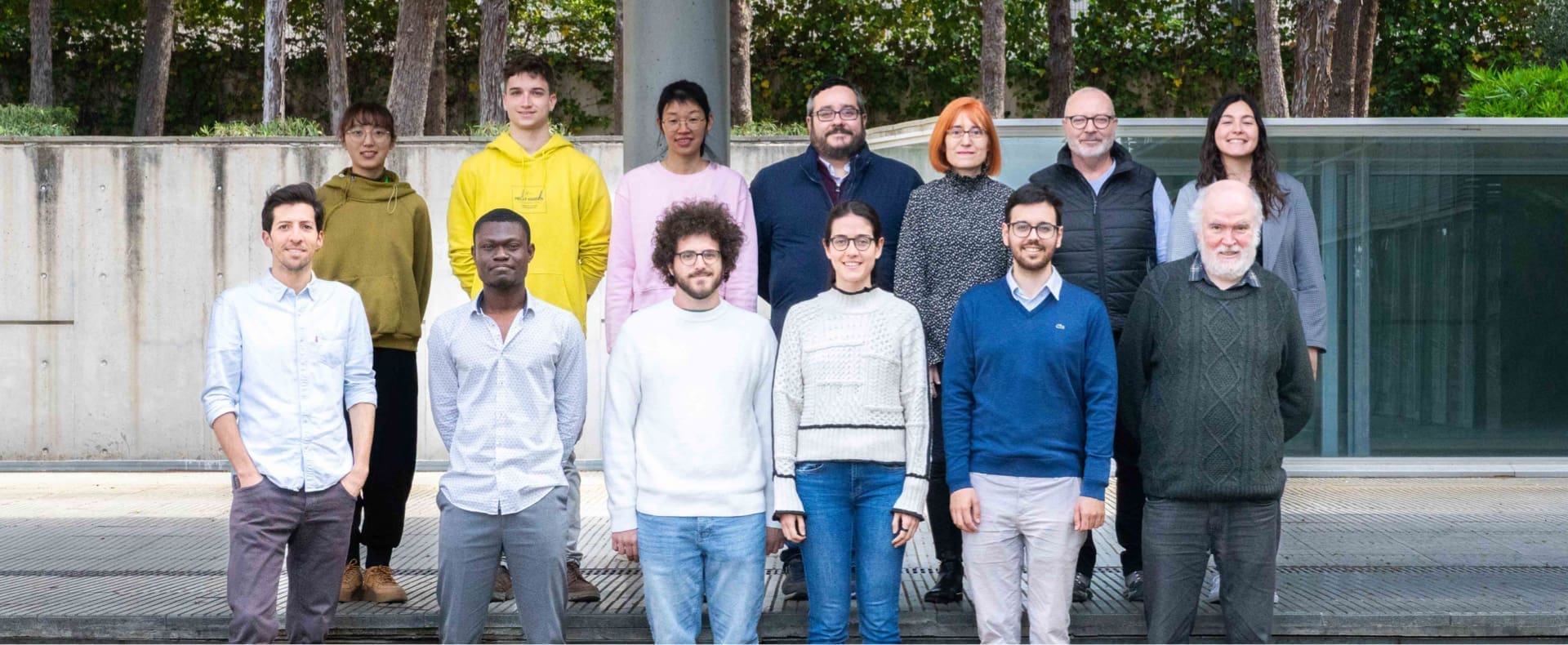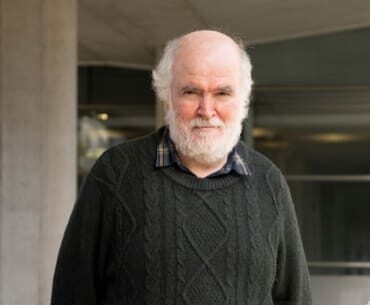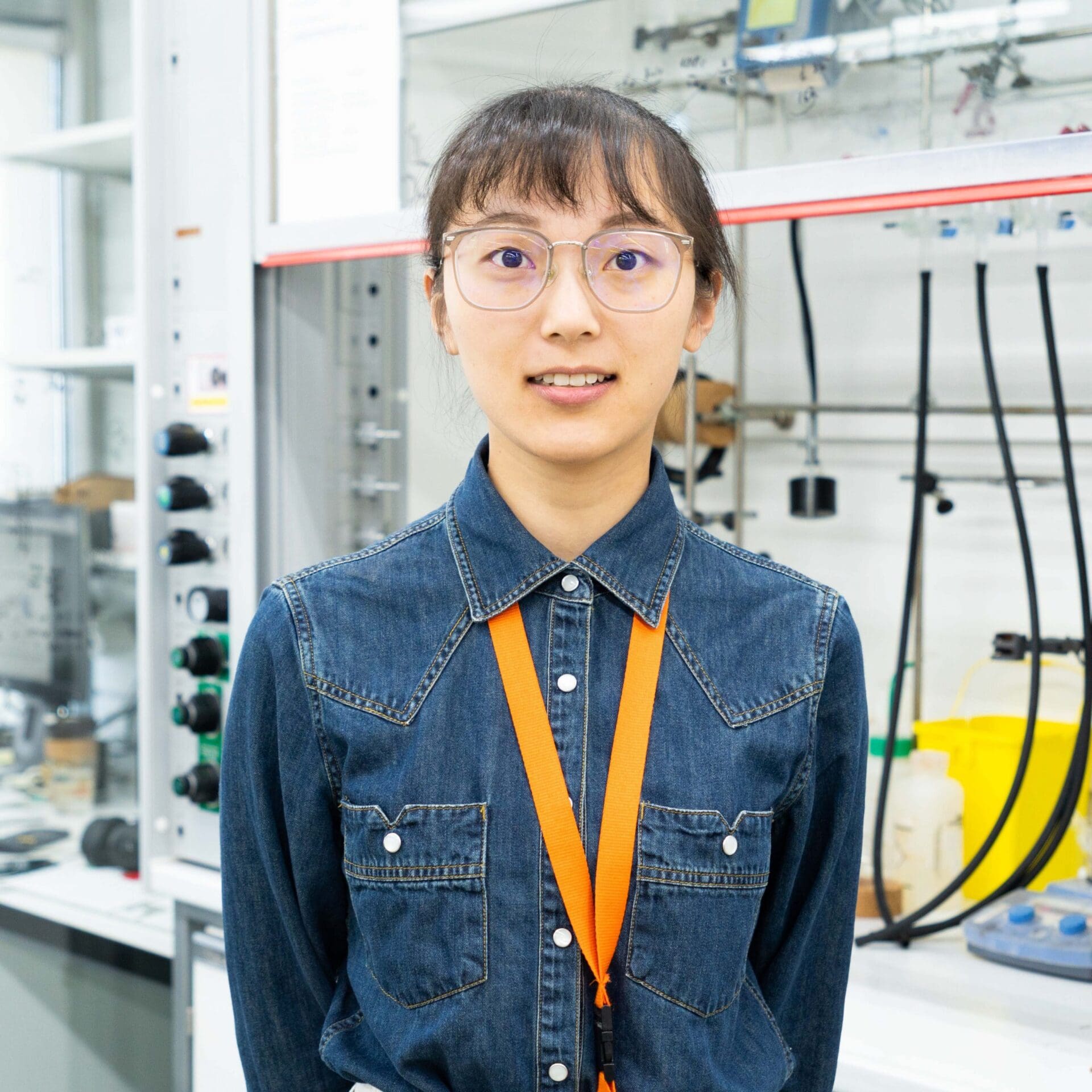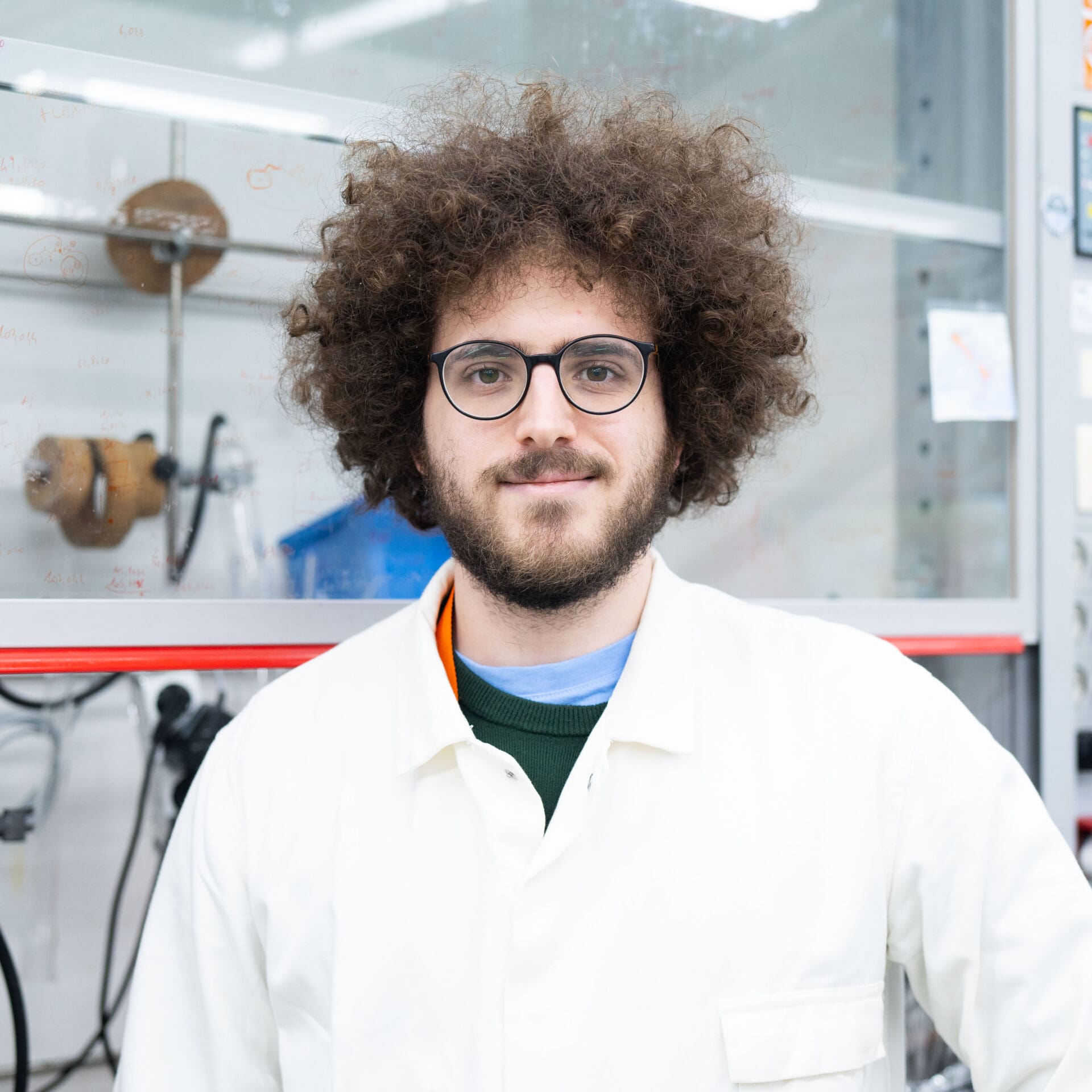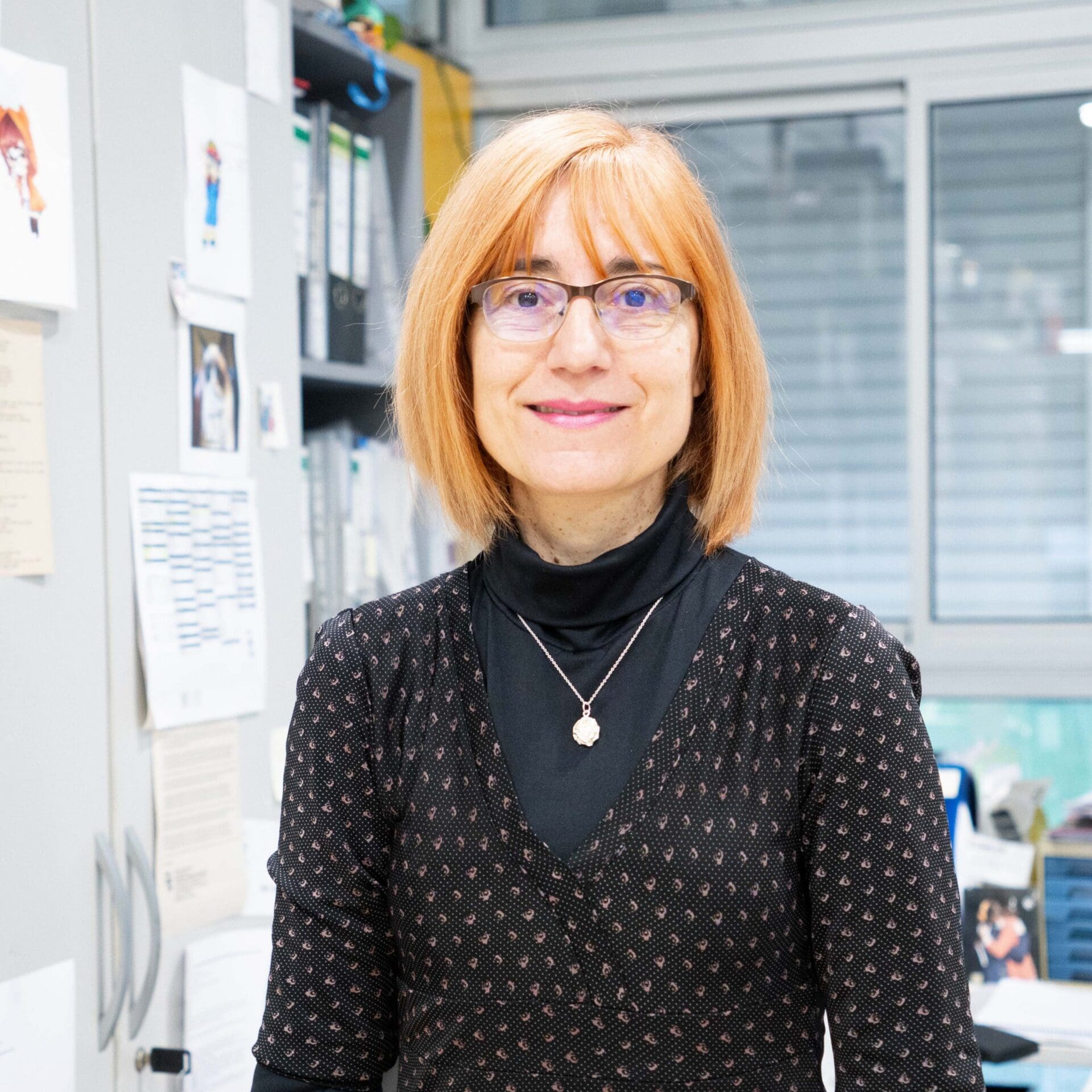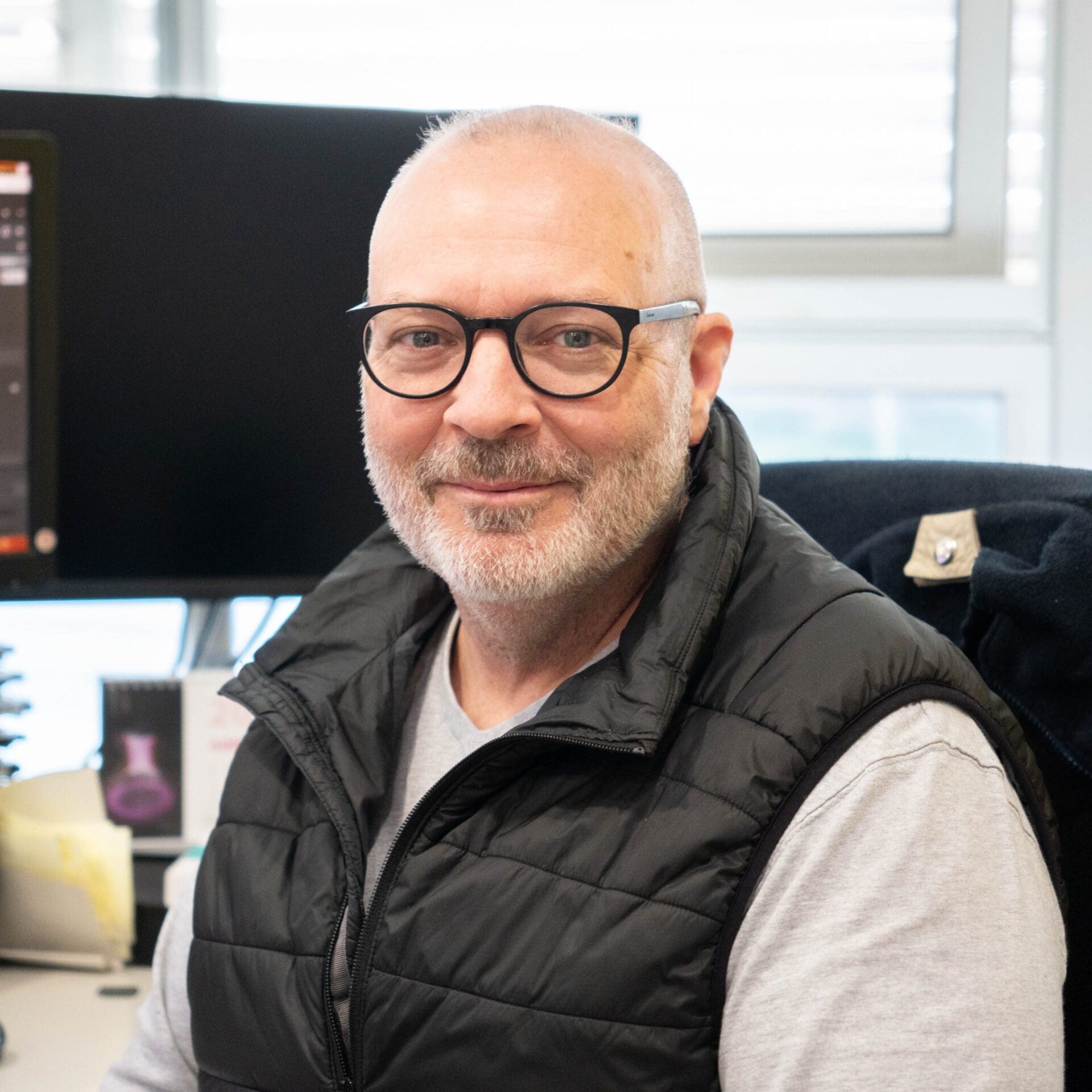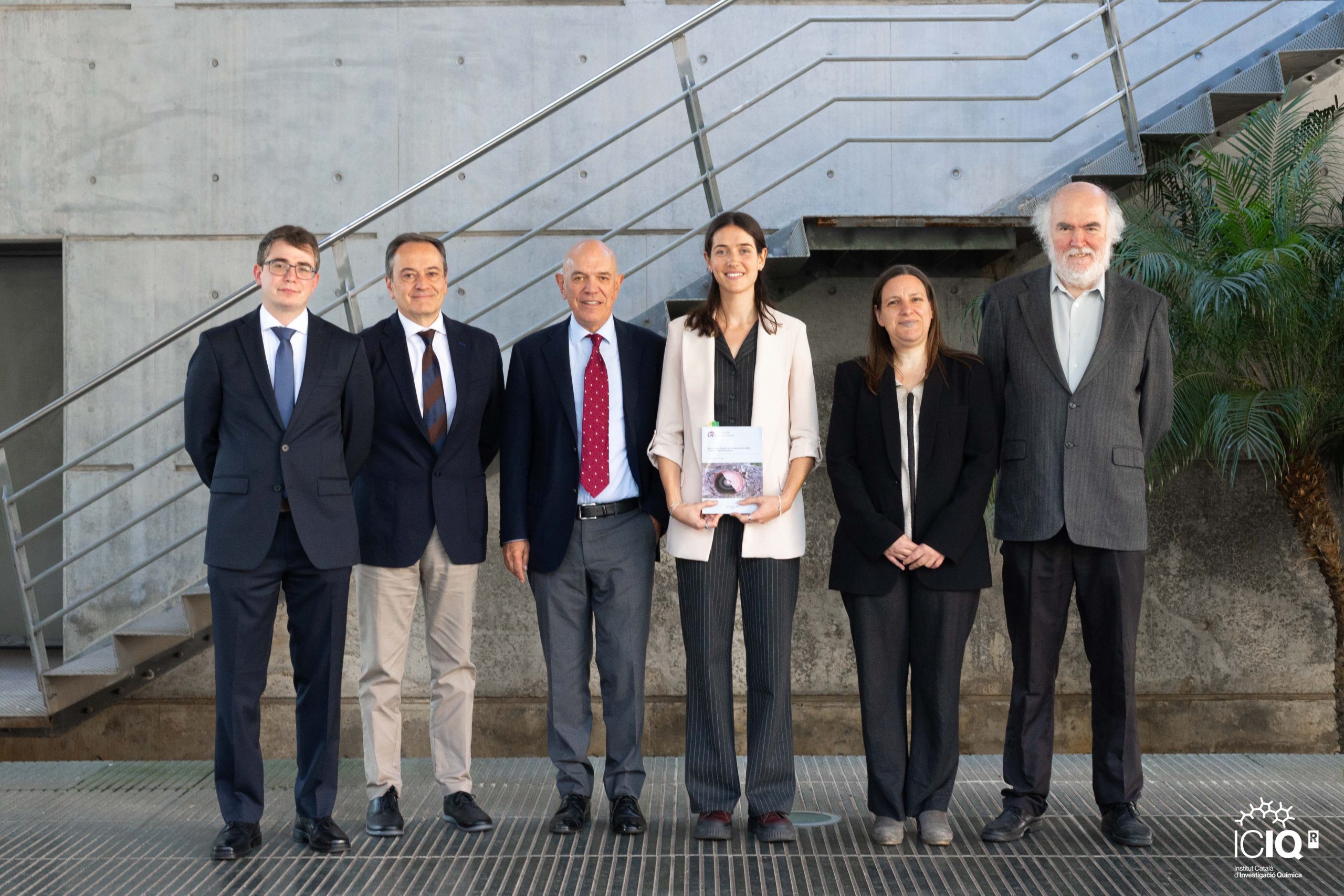- Home
- Resarch
- Research Groups
- Prof. Feliu Maseras
Prof. Feliu Maseras
Improving the efficiency of catalytic processes by computational methods.
Research
Computational chemistry, in particular DFT and DFT/MM methods, are applied to the study of a variety of chemical processes of practical interest. The main focus is homogeneous catalysis in collaboration with experimental groups. Ongoing research topics include also photocatalysis, mechanochemistry and organic electrosynthesis.
Highlighted Publications
-
|
Hidden descriptors: Using statistical treatments to generate better descriptor sets
-
2023 | Chem
Charge-controlled Pd catalysis enables the meta-C–H activation and olefination of arenes
Research groups: Prof. Feliu Maseras
-
2022 | J. Am. Chem. Soc.
Introducing the Catalytic Amination of Silanes via Nitrene Insertion
Research groups: Prof. Feliu Maseras
-
2021 | ChemSusChem.
Understanding ball milling mechanochemical processes with DFT calculations and microkinetic modeling
Research groups: Prof. Feliu Maseras
Our team
Job offers
| Title | Reference | Deadline | |
|---|---|---|---|
| Postdoctoral Researcher (Ref: Postdoc 2024-34 CB) | Reference: 5348787 |
|
APPLY |
| Postdoctoral Researcher (Ref: Postdoc 2024-32 FM) | Reference: 5348664 |
|
APPLY |
| Data Steward (MGMT2024-17) | Reference: 5371727 |
|
APPLY |
| Direcció Administrativa (MGMT 2024-05) | Reference: 5347726 |
|
APPLY |

Let's create a brighter future
Join our team to work with renowned researchers, tackle groundbreaking
projects and contribute to meaningful scientific advancements
